

Articles
How To Store Dry Rice Long Term
Modified: February 23, 2024
Learn the best methods for storing dry rice long term with our informative articles. Find out how to keep your rice fresh and flavorful for extended periods.
(Many of the links in this article redirect to a specific reviewed product. Your purchase of these products through affiliate links helps to generate commission for Storables.com, at no extra cost. Learn more)
Introduction
Storing dry rice long-term is a valuable skill that can help you prepare for emergencies, save money, and ensure a steady food supply. Rice is a staple food for many cultures around the world, and its long shelf life makes it an ideal item to store for extended periods. While storing rice may seem like a simple task, there are important considerations to keep in mind to maintain its quality and nutritional value.
In this article, we will guide you through the process of storing dry rice long-term. We will discuss how to choose the right type of rice, the proper packaging materials to use, methods for preparing the rice for storage, different storage options, techniques for monitoring and maintaining quality, ways to check for signs of spoilage, and how to cook and use stored rice effectively.
By following the steps outlined in this article, you will be equipped with the knowledge and skills to store dry rice for an extended period, ensuring its freshness and nutritional value. Whether you are preparing for emergencies or looking to save money by buying in bulk, mastering the art of long-term rice storage will provide you with peace of mind and a reliable food source.
So let’s get started with choosing the right type of rice for long-term storage.
Key Takeaways:
- Mastering the art of long-term rice storage ensures emergency preparedness, cost savings, and a reliable food supply. Choose the right rice, packaging, and storage method to maintain freshness and nutritional value.
- Regular monitoring, proper maintenance, and creative cooking techniques are essential for preserving the integrity of stored rice. Follow FIFO rotation, check for spoilage, and explore diverse recipes for a versatile food source.
Read more: How To Store Dry Food Long Term
Choosing the Right Rice
When it comes to storing dry rice long-term, selecting the right type of rice is essential. Not all varieties of rice are suitable for long-term storage, as some have a higher moisture content or are more prone to spoilage.
Here are some factors to consider when choosing rice for long-term storage:
- White Rice: White rice is the most common type of rice used in long-term storage due to its extended shelf life. It has had the bran and germ layers removed, resulting in a longer preservation period compared to brown or wild rice.
- Low Moisture Content: The moisture content of the rice is crucial for long-term storage. Opt for rice with a moisture content of less than 14% to prevent bacterial growth and ensure the quality of the stored rice.
- Unbroken Rice Grains: Choose rice that has a high percentage of unbroken grains. Broken grains can accelerate spoilage and decrease the overall quality of the stored rice.
- Milled Rice: Look for milled rice that has been polished to remove the outer bran layers. This process helps to extend the shelf life and reduce the risk of spoilage.
- Airtight Packaging: Consider purchasing rice that comes in airtight packaging. This can help maintain the rice’s quality and prolong its shelf life without the need for immediate repackaging.
When buying rice for long-term storage, it is important to read the labels and select rice that meets the storage criteria outlined above. By choosing the right type of rice, you are laying the foundation for successful and prolonged storage.
Next, let’s explore the packaging materials necessary for storing rice long-term.
Proper Packaging Materials
Using the proper packaging materials is vital to ensure the longevity and quality of stored rice. The packaging materials should provide protection from moisture, pests, and oxygen, which can cause spoilage and degradation of the rice over time.
Here are some packaging materials to consider when storing rice long-term:
- Mylar Bags: Mylar bags are a popular choice for long-term rice storage. They are made of a durable, puncture-resistant material that provides an excellent barrier against moisture and oxygen. Mylar bags can be heat-sealed to create an airtight seal, keeping the rice fresh and protected from external elements.
- Food-Grade Buckets: Food-grade plastic buckets are another option for storing rice long-term. These buckets are specifically designed for food storage and are made from materials that do not leach harmful chemicals into the rice. Ensure that the buckets have airtight lids and use oxygen absorbers to remove any excess oxygen in the containers.
- Glass Jars: Glass jars can be used for short-term rice storage or as secondary packaging within larger containers. They provide a transparent and airtight environment to keep the rice fresh. However, glass jars are not recommended for long-term storage as they can be fragile and susceptible to breakage.
- Vacuum-Sealed Bags: Vacuum-sealed bags are an excellent option for minimizing oxygen exposure and preserving the quality of rice. Using a vacuum sealer machine, remove the air from the bags and create a tight seal. This method effectively prevents moisture, pests, and oxygen from reaching the rice.
It is important to note that regardless of the packaging material you choose, proper handling and storage conditions are crucial. Keep your rice in a cool, dry place away from direct sunlight and extreme temperatures.
Now that we have discussed the appropriate packaging materials, let’s move on to preparing the rice for storage.
Preparing the Rice for Storage
Before storing rice long-term, it is essential to properly prepare it to ensure optimal storage conditions. Taking the time to prepare the rice beforehand will help maintain its quality and extend its shelf life.
Here are some steps to follow when preparing rice for storage:
- Clean the Rice: Before packaging the rice, make sure to clean it thoroughly. Remove any debris or foreign particles by rinsing the rice in cold water. This step helps eliminate any impurities that may affect the rice’s quality during storage.
- Dry the Rice: After cleaning the rice, spread it out on a clean, dry surface to allow it to dry completely. Moisture can promote the growth of mold and bacteria, leading to spoilage. Ensure that the rice is completely dry before proceeding with the packaging process.
- Add Oxygen Absorbers: To further protect the rice from oxygen and maintain its freshness, consider adding oxygen absorbers to the packaging. These small packets contain iron powder that reacts with oxygen, effectively removing it from the container. Oxygen absorbers help prevent the oxidation process and prolong the shelf life of the stored rice.
- Label and Date: Lastly, don’t forget to label the packaged rice with the type of rice, the date of packaging, and any other relevant information. This helps to keep track of the storage duration and easily identify the contents when retrieving the rice for consumption.
By following these steps, you can ensure that the rice is well-prepared for long-term storage, minimizing the risk of spoilage and maintaining its quality over time.
Next, let’s explore the different storage methods that you can employ for storing rice long-term.
Storage Methods
When it comes to storing rice long-term, there are several storage methods to choose from depending on your preferences and available resources. Each method has its own advantages and considerations, so it’s important to select the one that suits your needs.
Here are a few common options for storing rice long-term:
- Mylar Bags in Buckets: This method involves placing the prepared rice into mylar bags and then storing those bags in food-grade plastic buckets. Fill the mylar bags with an appropriate amount of rice, ensuring not to overfill them, and then use a heat-sealer to create an airtight seal. Place the sealed bags into the buckets, and secure the lid. This method provides excellent protection against moisture, pests, and oxygen.
- Vacuum-Sealed Bags: If you have a vacuum sealer machine, you can use it to place the prepared rice into vacuum-sealed bags. Remove as much air as possible from the bags to create a tight seal. Vacuum-sealing helps to prevent the rice from spoiling due to exposure to oxygen.
- Food Storage Containers: Using airtight food storage containers is another option for storing rice long-term. Choose food-grade containers with tight-fitting lids that provide an effective barrier against moisture and pests. Opt for opaque containers to prevent light exposure, which can degrade the quality of the rice over time.
- Freezer Storage: If you have enough freezer space, you can store rice in airtight freezer bags. This method can help prolong the shelf life of the rice as the low temperature inhibits the growth of bacteria and pests. However, ensure the rice is properly dried before freezing to prevent freezer burn.
When selecting a storage method, consider factors such as available space, convenience of access, and the duration of storage. Choose a method that is practical and fits your specific storage needs.
Now that we have covered storage methods, let’s move on to monitoring and maintaining the quality of the stored rice.
Store dry rice long term in a cool, dry place in an airtight container to prevent moisture and pests. Consider using food-grade buckets with tight-fitting lids for larger quantities.
Read more: How To Store Dry Milk Long Term
Monitoring and Maintaining Quality
Ensuring the quality of stored rice is crucial to maximize its shelf life and nutritional value. Regular monitoring and proper maintenance are key factors in preserving the integrity of the stored rice.
Here are some tips for monitoring and maintaining the quality of your stored rice:
- Check for Signs of Spoilage: Regularly inspect the stored rice for any signs of spoilage such as mold, unusual odors, or discoloration. If you come across any spoiled rice, remove it immediately to prevent the spread of contamination to the rest of the batch.
- Rotate Your Stockpile: To ensure that your stored rice remains fresh, practice a first-in, first-out (FIFO) rotation system. Use the older rice for your daily meals and replenish your stockpile with fresh rice. This way, you can maintain a steady supply of fresh rice and minimize the chances of storing expired rice.
- Control the Storage Environment: Store your rice in a cool, dry place away from direct sunlight and extreme temperature fluctuations. Exposure to heat and moisture can accelerate spoilage and compromise the quality of the rice.
- Pest Prevention: Keep pests such as insects and rodents away from your stored rice. Place bay leaves, cloves, or food-grade diatomaceous earth in the storage containers to deter pests. Regularly inspect the storage area and containers for any signs of infestation.
- Rotate Oxygen Absorbers: If you are using oxygen absorbers in your packaging, make sure to replace them regularly. Over time, the oxygen absorbers lose their effectiveness, so it’s important to replace them based on the manufacturer’s recommendations.
By following these monitoring and maintenance practices, you can ensure that your stored rice remains fresh and of high quality throughout its intended shelf life.
Next, let’s discuss how to check for signs of spoilage in your stored rice.
Checking for Signs of Spoilage
Regularly checking for signs of spoilage in your stored rice is crucial to ensure that you are consuming safe and high-quality food. By being vigilant and observant, you can detect any potential issues before they worsen and affect the rest of your rice supply.
Here are some signs to look out for when checking for spoilage in your stored rice:
- Mold: Mold growth is a clear indication of spoilage. If you spot any mold on the surface of the rice or inside the packaging, discard the affected portion immediately. Mold can spread quickly and contaminate the entire batch of rice.
- Unpleasant Odor: A strong, musty, or off-putting odor is a sign that the rice has gone bad. If the rice emits an unusual smell, it is best to dispose of it to avoid any potential health risks.
- Discoloration: Discoloration of the rice, such as dark spots or a yellowish tint, can indicate spoilage. Fresh rice should have a uniform color, so any abnormality suggests that it is no longer safe for consumption.
- Pest Infestation: Presence of insects, bugs, or rodents in the rice packaging is a clear indication of spoilage. Discard the contaminated rice and take necessary measures to prevent further infestation.
- Texture and Taste: Spoiled rice may have a sticky or slimy texture and an unpleasant taste. If the rice feels or tastes abnormal, it is a sign that it has deteriorated and should not be consumed.
Regularly inspect your stored rice for these signs of spoilage. If you come across any of these indicators, it is important to discard the affected rice promptly to ensure your safety and maintain the quality of the remaining rice.
Now that you know how to check for signs of spoilage, let’s move on to the next step – cooking and using the stored rice.
Cooking and Using Stored Rice
When it comes to cooking and using stored rice, there are a few important considerations to ensure that the rice is properly prepared, delicious, and safe for consumption. Whether you are using your stored rice for everyday meals or in an emergency situation, these tips will help you make the most out of your supply.
Here are some guidelines for cooking and using stored rice:
- Properly Measure the Rice and Water: Follow the recommended ratios of rice to water to ensure that the rice cooks evenly and has the right texture. The ratio typically ranges from 1:1 to 1:2, depending on the type of rice being used.
- Rinse the Rice: Before cooking, rinse the rice under cold water to remove any excess starch. This step helps prevent the rice from becoming sticky and improves the overall texture.
- Use Fresh Water: If possible, use fresh, clean water to cook the rice. Avoid using leftover water from other cooking processes, as it may contain contaminants that can affect the taste and quality of the rice.
- Follow the Cooking Instructions: Different types of rice may require slightly different cooking times and methods. Read the instructions on the packaging or consult reliable cooking sources to ensure that you cook the rice properly.
- Store Remaining Cooked Rice Properly: If you have leftover cooked rice, store it in the refrigerator within two hours of cooking. Place it in an airtight container to prevent drying out and potential contamination.
- Rotate Your Stockpile: As mentioned earlier, practice a first-in, first-out (FIFO) rotation system to use the oldest rice from your stockpile first. This ensures that the rice stays fresh and doesn’t go to waste.
- Experiment with Recipes: Don’t limit yourself to just plain rice dishes. Use your stored rice in a variety of recipes, such as stir-fries, rice salads, risottos, or rice pudding. Get creative and enjoy the versatility of this versatile grain.
By following these tips, you can cook and use your stored rice effectively, ensuring that it is delicious, safe, and enjoyed in a variety of ways.
Now that we have covered cooking and using the stored rice, let’s conclude our article.
Conclusion
Storing dry rice long-term is a valuable skill that provides numerous benefits, including emergency preparedness, cost savings, and a reliable food supply. By choosing the right type of rice, using proper packaging materials, and preparing the rice for storage, you can ensure its longevity and maintain its quality over time.
Whether you opt for mylar bags, vacuum-sealed bags, food storage containers, or freezer storage, selecting the appropriate storage method is crucial to keeping your rice fresh and protected from moisture, pests, and oxygen. Regularly monitoring and maintaining the quality of the stored rice, checking for signs of spoilage, and practicing a first-in, first-out (FIFO) rotation system are essential steps to ensure the safety and integrity of your rice supply.
When it comes to cooking and using stored rice, remember to follow proper measurements and cooking instructions, rinse the rice before cooking, and store any leftover cooked rice properly. Stay creative in the kitchen and explore a wide range of recipes that can incorporate your stored rice to add variety and nutrition to your meals.
By mastering the art of storing dry rice long-term, you can be well-prepared for emergencies, save money through bulk purchases, and enjoy the convenience of having a reliable food source at your disposal. So, follow the steps outlined in this article, and start building your stockpile of stored rice today.
Remember, storing rice long-term is not just about practicality, but also about ensuring the well-being and security of you and your loved ones.
Frequently Asked Questions about How To Store Dry Rice Long Term
Was this page helpful?
At Storables.com, we guarantee accurate and reliable information. Our content, validated by Expert Board Contributors, is crafted following stringent Editorial Policies. We're committed to providing you with well-researched, expert-backed insights for all your informational needs.
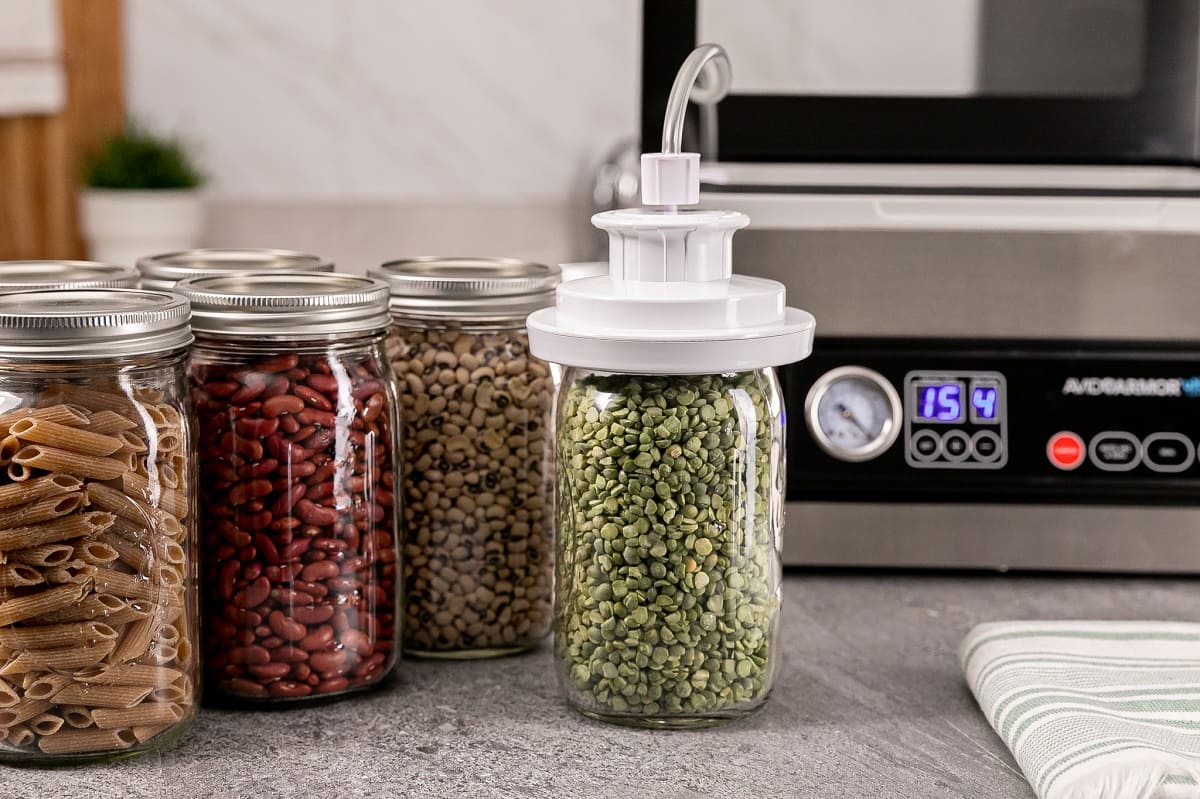




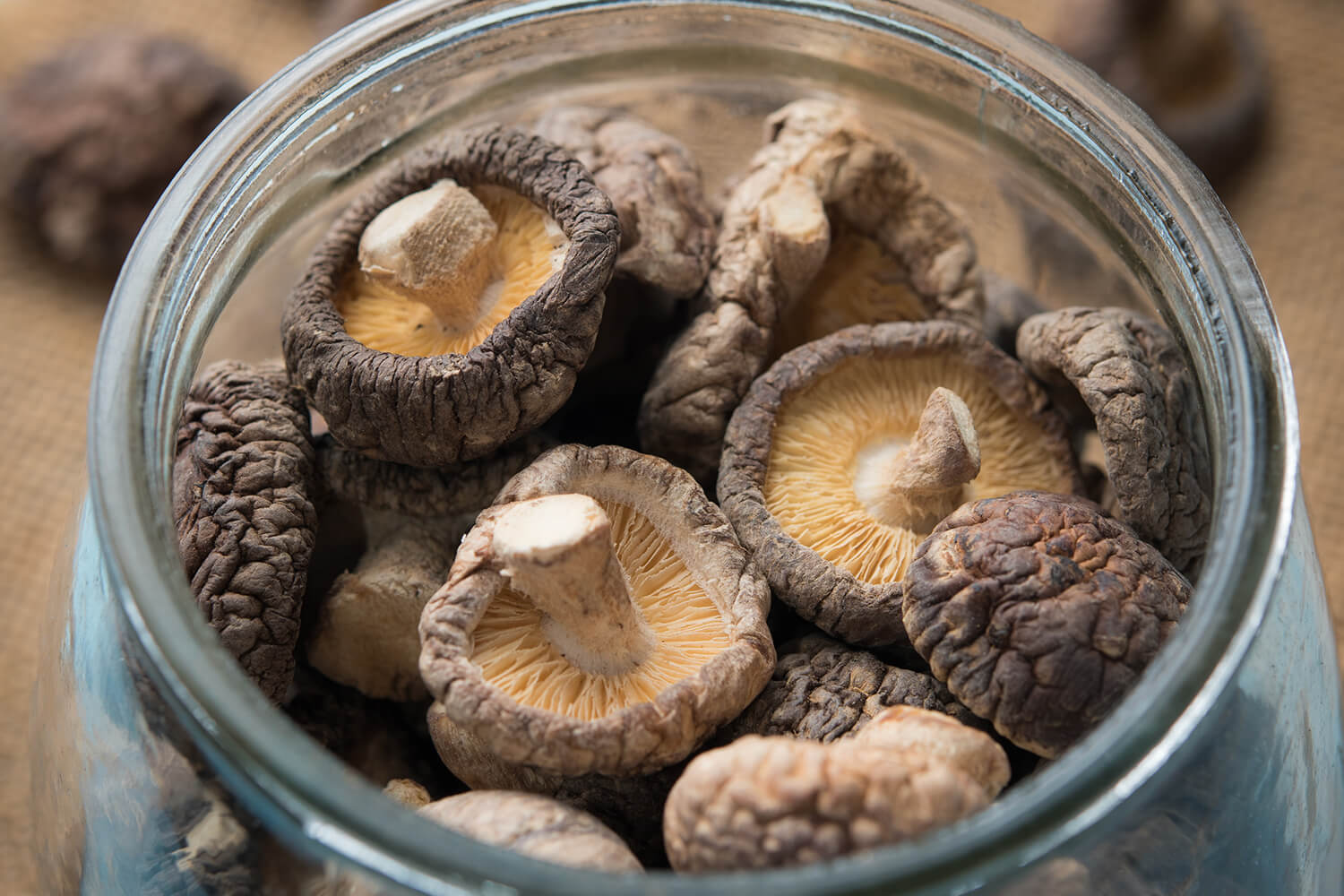
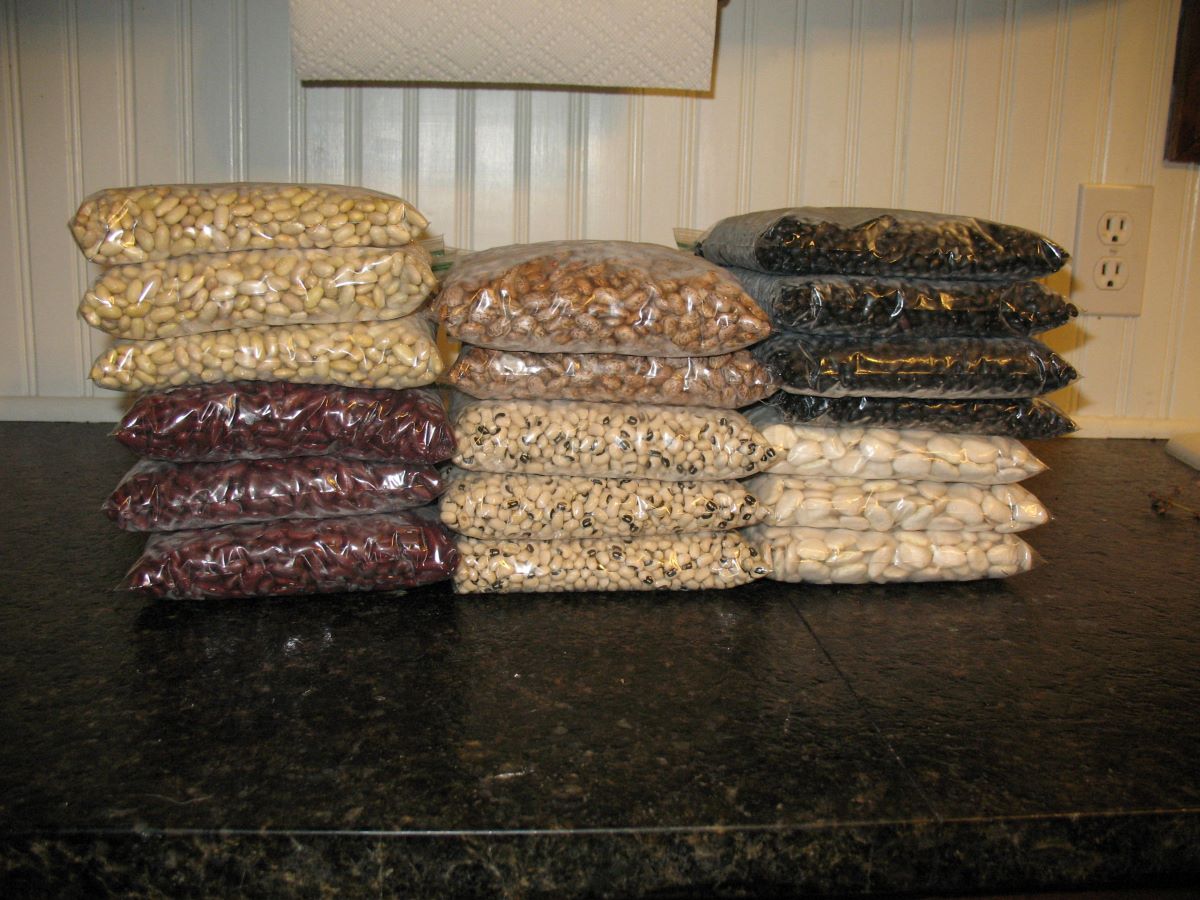
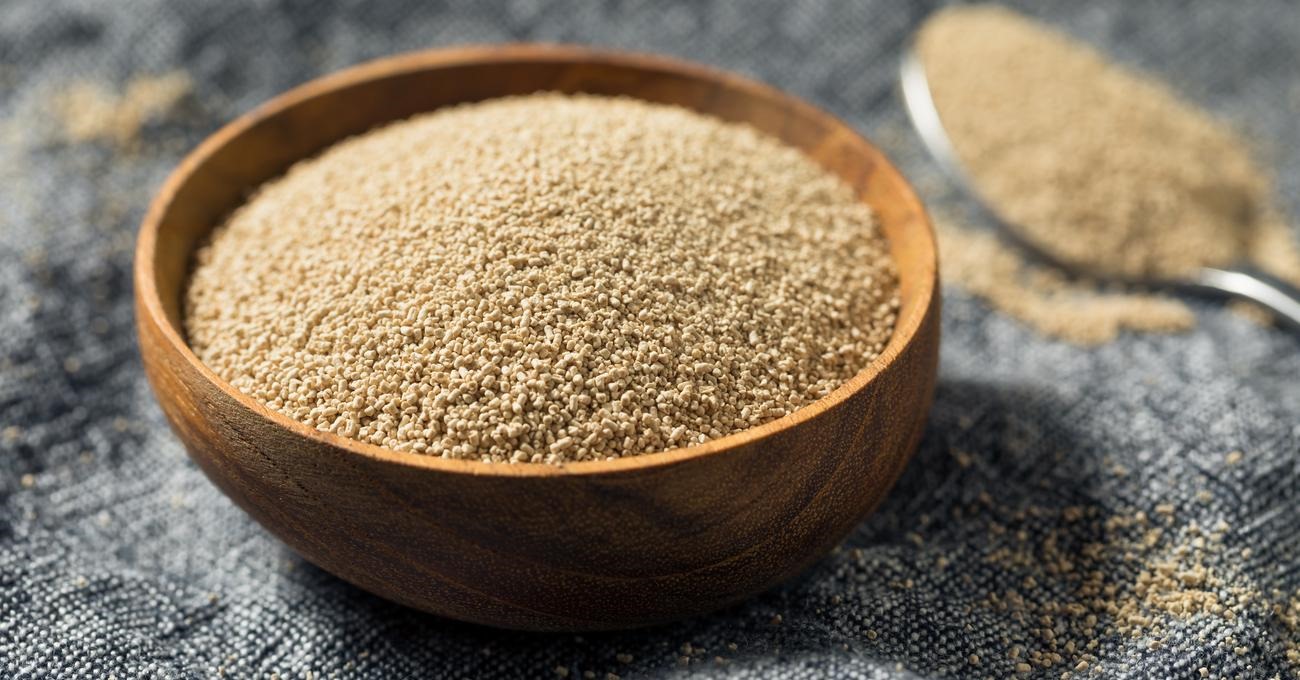
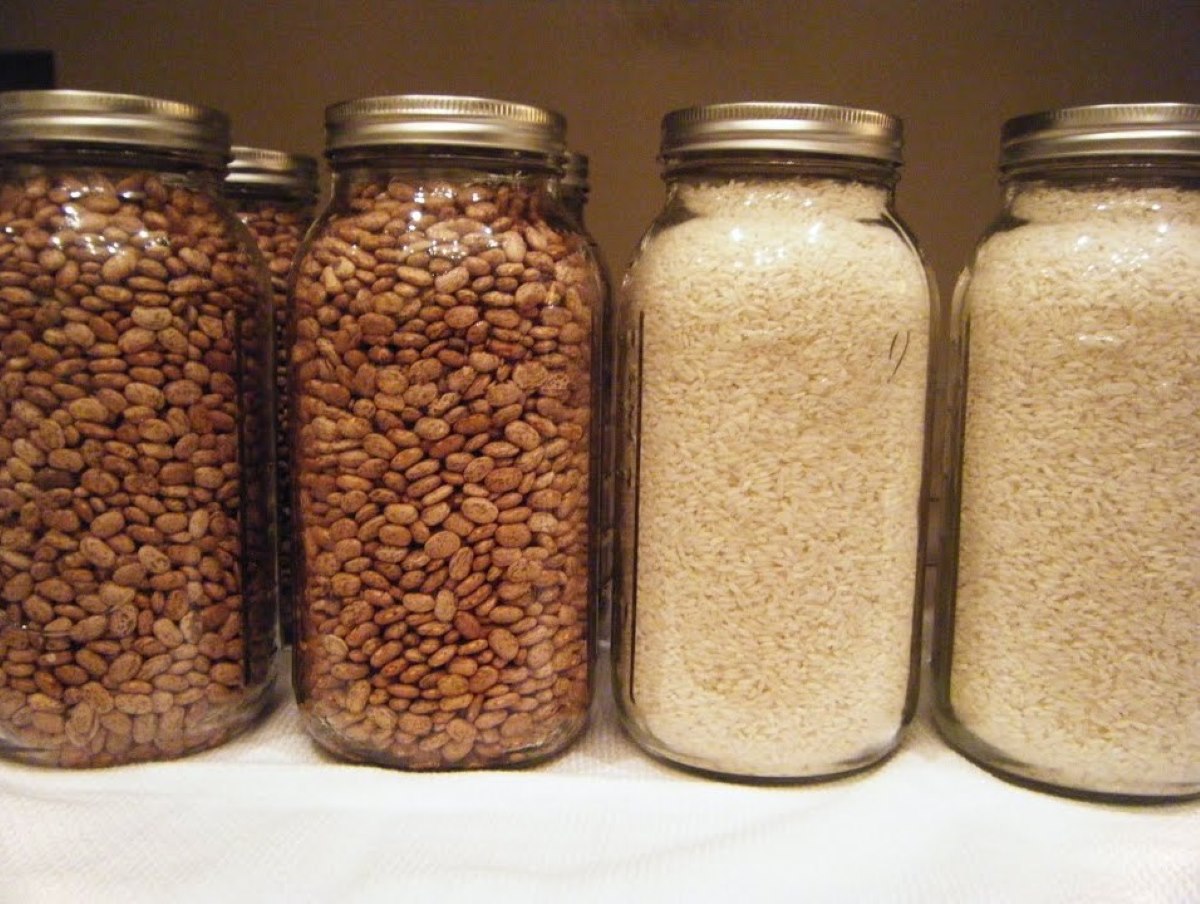


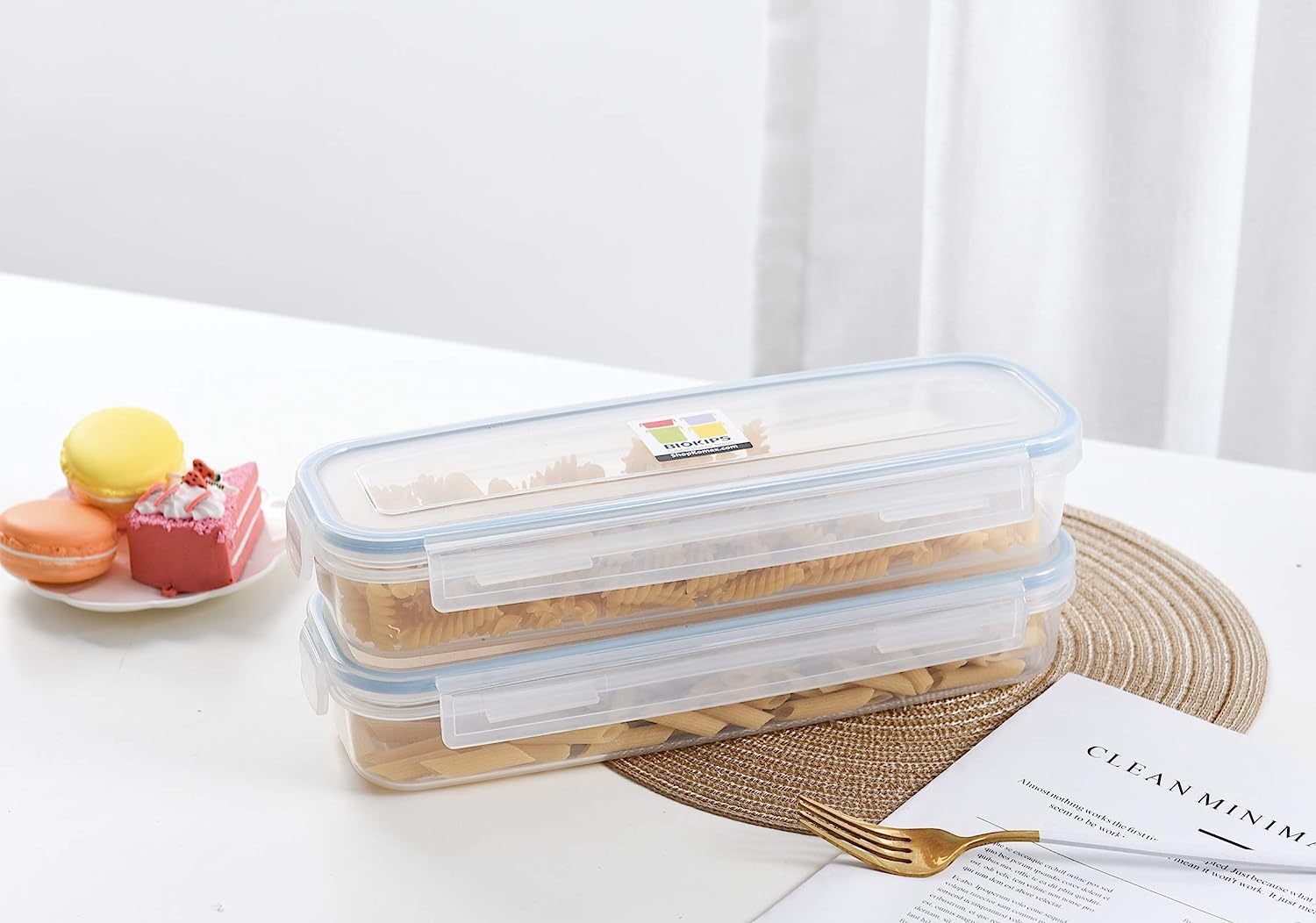



0 thoughts on “How To Store Dry Rice Long Term”